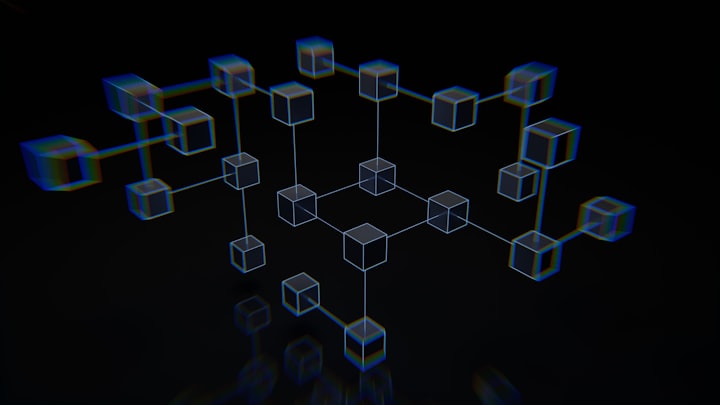How To Become A Blockchain Developer
The Complete Guide

Are you interested in learning how to build and create blockchain applications? If so, this guide is for you! In this article, we will outline the steps necessary to become a blockchain developer. We will provide tips and advice on what resources to explore, what programming languages to learn, and how to find quality online courses. By the end of this guide, you will have everything you need to begin your journey into the fascinating world of blockchain development.
Introduction: What is blockchain technology and why is it so important?
Blockchain technology is a distributed database that allows for secure, transparent, and tamper-proof transactions. It was first designed as a way to create a public ledger for tracking bitcoin transactions, but it has since been used for a variety of other applications, including digital contracts and land titles. This disruptive technology has the potential to revolutionize many industries, and its widespread adoption is essential if we want to see significant improvements in our economy.
What skills are needed to become a blockchain developer?
The first skill is a strong understanding of computer science and programming. Familiarity with the Bitcoin and Ethereum blockchains is also beneficial. Other important skills include attention to detail, problem-solving, and written and oral communication. Finally, developers must have a good sense of organization and be able to work independently.
The Ethereum blockchain: A quick tour
Ethereum is a decentralized platform that runs smart contracts: applications that run exactly as programmed without any possibility of fraud or third-party interference. The Ethereum network runs its own self-executing code, and because of this, there are no central points of authority or control.
The Ethereum blockchain is a public record of every transaction and is constantly growing as “completed” blocks are added to it with a new set of recordings. Each block contains a cryptographic hash of the previous block, a timestamp, and data about the transaction that created it.
Anybody can join the Ethereum network by downloading an appropriate client application and accompanying software. Once you have logged in, you can start participating in transactions by sending Ether (the cryptocurrency built on the Ethereum blockchain) to other users.
Building a simple smart contract on the Ethereum blockchain
Building a simple smart contract on the Ethereum blockchain is easy to do. All you need is a copy of the Ethereum blockchain software and some basic coding skills. Here's how to do it:
1) First, open up the Ethereum blockchain software and create a new account.
2) Next, click on the "New Contract" button in the main menu.
3) On the new screen, enter the following details into the fields:
Name: MyFirstSmartContract
Description: This is a simple smart contract example. It doesn't do anything yet!
4) Next, click on the "Create Contract" button.
5) On the next screen, you'll be asked to select a gas limit and gas price. These values determine how much Ether (the native currency of Ethereum) will be spent when executing your contract.
Bitcoin and blockchain: Similar but different?
Bitcoin and blockchain are two of the most popular technologies currently in use. They both have their own set of advantages and disadvantages, but they are similar in many ways. Here are three key similarities between Bitcoin and blockchain:
1) They both use a cryptographic algorithm to secure transactions and to define ownership of digital assets.
2) Both Bitcoin and blockchain rely on a peer-to-peer network to disseminate information.
3) Both Bitcoin and blockchain use public Ledgers to track who owns what.
The Hyperledger Fabric platform: Another option for blockchain development
Blockchain technology is quickly becoming a popular choice for developing new applications and businesses. However, there are a number of different platforms available to support blockchain development, each with its own unique features and benefits. One of the most popular options is the Hyperledger Fabric platform.
The Hyperledger Fabric platform provides users with a modular platform that allows them to build and deploy blockchain applications quickly and easily. It also offers several layers of security, including support for multiple signatures and certificates for authentication. In addition, the Hyperledger Fabric platform offers several other advantages over traditional blockchain development platforms, such as increased flexibility and scalability.
Overall, the Hyperledger Fabric platform is an excellent option for those looking to develop or use blockchain applications. It offers many advantages over other platforms, making it an ideal choice for both experienced developers and those new to blockchain technology.
In conclusion, if you are interested in becoming a blockchain developer, this is the complete guide for you. With the right resources and learning techniques, you can be on your way to developing some of the most cutting-edge technologies in the world. So what are you waiting for? Get started today!





Comments
There are no comments for this story
Be the first to respond and start the conversation.